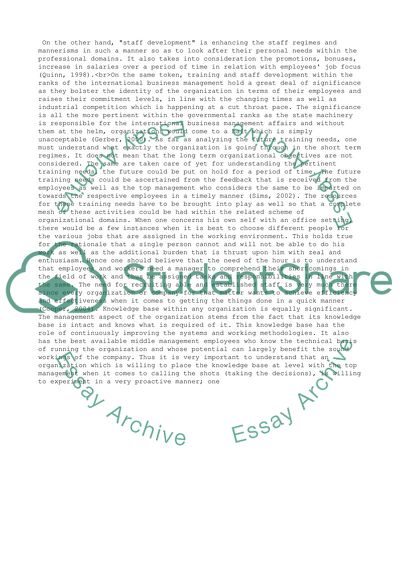Cite this document
(“Organizational Behavior: Topic on the Central Requirements of Term Paper”, n.d.)
Retrieved from https://studentshare.org/management/1397550-organizational-behavior-topic-on-the-central-requirements-of-international-business-management-in-human-resources-professionals
Retrieved from https://studentshare.org/management/1397550-organizational-behavior-topic-on-the-central-requirements-of-international-business-management-in-human-resources-professionals
(Organizational Behavior: Topic on the Central Requirements of Term Paper)
https://studentshare.org/management/1397550-organizational-behavior-topic-on-the-central-requirements-of-international-business-management-in-human-resources-professionals.
https://studentshare.org/management/1397550-organizational-behavior-topic-on-the-central-requirements-of-international-business-management-in-human-resources-professionals.
“Organizational Behavior: Topic on the Central Requirements of Term Paper”, n.d. https://studentshare.org/management/1397550-organizational-behavior-topic-on-the-central-requirements-of-international-business-management-in-human-resources-professionals.


